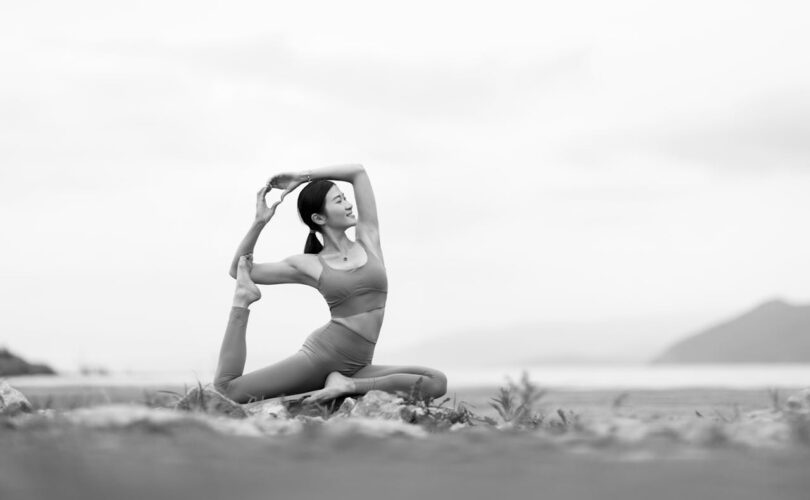Table of Contents
Introduction Overview of Yoga
Yoga is a holistic discipline originating from ancient India, combining physical, mental, and spiritual practices. It involves a variety of body postures, breathing techniques, and meditation to enhance overall well-being.
Importance of Yoga
In today’s fast-paced world, yoga acts as a sanctuary for both mind and body, offering a retreat from the stress of daily life. Regular practice can improve health, increase strength and flexibility, enhance concentration, and a more profound sense of peace.
Getting Started Types of Yoga
Choosing the right style of yoga is crucial as it aligns with your personal health goals and lifestyle. Whether it’s Hatha for beginners, Vinyasa for more dynamic movements, or Yin for a slower pace, understanding the different styles helps make an informed decision. Equipping yourself properly and creating a dedicated space at home can enhance your practice and help maintain regularity.
Essential Equipment
Starting yoga requires minimal equipment, with a yoga mat being the most essential. Comfortable clothing and perhaps a few props like blocks and straps can also help beginners ease into practice.
Essential Techniques Breath Control (Pranayama)
Pranayama, or breath control, is a fundamental aspect of yoga that teaches various breathing techniques to improve respiratory function and connect the body and mind.
Yoga Poses (Asanas)
Asanas are the physical postures of yoga. This section would include step-by-step instructions for basic poses such as the Downward Dog, Warrior, and Tree Pose.
Meditation and Relaxation
Yoga is not just about physical exercise; meditation and relaxation techniques are also integral for achieving mental clarity and calm.
Deepening Your Practice Advanced Yoga Techniques
For those looking to deepen their practice, advanced techniques, including inversion and balance poses, can be explored to enhance physical and mental strength further.
Integrating Yoga into Daily Life
Incorporating yoga into your daily routine can help sustain and deepen its benefits, turning practice into a lifestyle.
Yoga for Specific Needs
Yoga can be customized to suit various health conditions and life stages, ensuring everyone can benefit regardless of their circumstances.
Health Benefits Physical Benefits
Regular yoga enhances flexibility, strengthens muscles, improves posture, and boosts stamina.
Mental Benefits
Yoga is renowned for reducing stress and anxiety, increasing mental focus, and fostering an overall sense of well-being.
Preventive and Therapeutic Benefits
Yoga is often recommended as a complementary therapy for various conditions like hypertension, depression, and chronic pain.
Yoga Philosophy History of Yoga
Tracing back over 5,000 years, the rich history of yoga has evolved from meditative practices to the diverse forms seen today.
Key Philosophies and Teachings
Yoga is about finding balance and harmony within oneself and with the external world through its guiding philosophies and teachings.
Related Article: Creating a Yoga Space at Home
Conclusion Summary
This article has explored yoga’s multifaceted nature, offering insights into its practice, benefits, and philosophical foundations. Embracing yoga can significantly improve health and overall quality of life.
FAQs
What is the best time to practice yoga?
Early morning or evening times are ideal as they are generally quieter and allow more focused practice.
Can yoga help with weight loss?
Yes, especially styles like Vinyasa and Power Yoga are more physically demanding and burn more calories.
How often should I practice yoga?
Practicing 3-4 times a week can be beneficial, but even daily practice can be enriching.
What are the risks of yoga?
If not practiced correctly, there’s a risk of injury. Always learn from qualified instructors and listen to your body.
How do you choose the right yoga instructor?
Look for certified instructors with experience teaching the style of yoga you are interested in.







